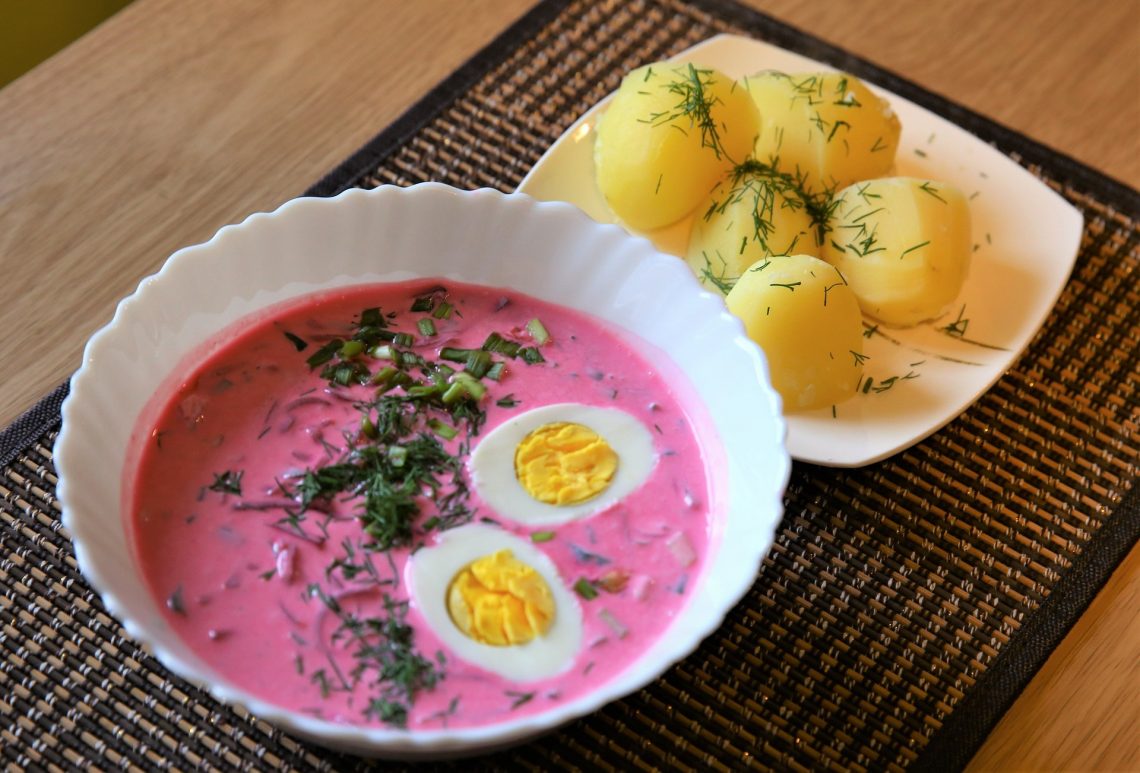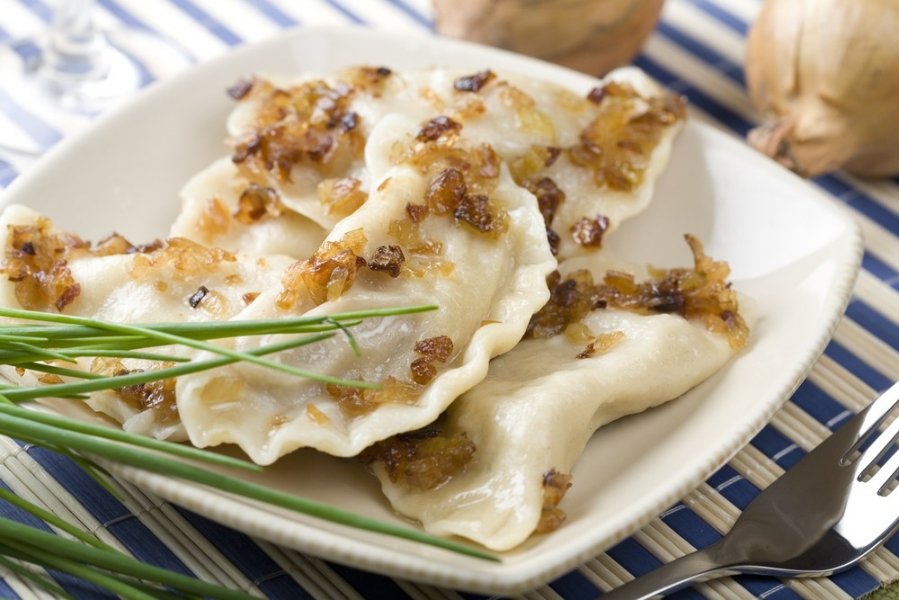
Lithuanian cuisine: “interesting” won’t be your sole reaction to traditional cuisine
A polite reply consisting of the word “interesting” won’t be your sole reaction to Lithuanian cuisine. Our kitchen is rather simple, even laconic, I dare say, if you consider our most widely used ingredients – potatoes, mushrooms, meat, sour-cream and vegetables – but also nutritious.
Be brave in your quest to familiarize yourself with it – sample and experiment away! Satisfaction is guaranteed, and you just might want to bring a recipe or two back home.
Fried bread and beer. They are as common to an average Lithuanian these days as spears and armor used to be back in the day.
Beware of the thick coating of garlic on the bread – it’s scrumptious and all, but you might want to steer clear of this appetizer when on a date.
Šaltibarščiai is a cold bright pink beetroot soap.
Grannies have been spoiling their guests with šaltibaršiai on hot summer days since way back, and nowadays you can order them in almost all restaurants, especially during the warm season. Try it once and you’ll be left dreaming of šaltibarščiai on any hot summer day.
Koldūnai (dumplings) are a true legacy of the Tatars. We’ve become so accustomed to them, that we call them Lituanian dish. The Grand Duke of Lithuania – Vytautas Magnus – probably didn’t foresee this phenomenon when inviting Tatar tradespeople and warriors to Lithuania back in the XVth century.
You’ll surely find something to suit your fancy from the currently available variety of koldūnai. Don’t care for meat or mushrooms? Try koldūnai with strawberries.
Once upon a time, Lithuanian swamps served as a safeguard from crusaders. Besides leading to safety, they also fed. Legend goes, that berries and herbs growing alongside swamps gave birth to a delicious and unique Lithuanian drink “Čepkelių”.











